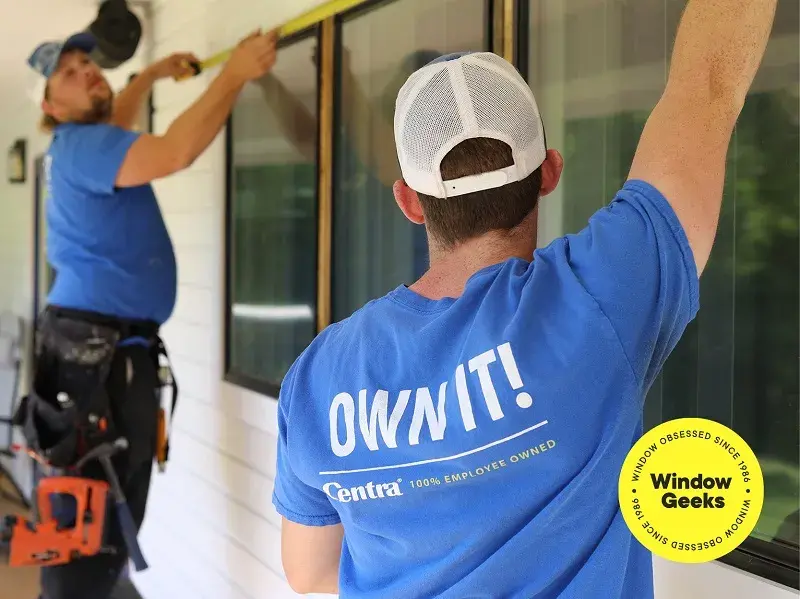Categories
Trending
Comfort In The News
Talking Fall Window Issues with CTV
Budgeting Comfort In The News
Top Tips for Finding a Good Window Warranty
Comfort Energy Savings In The News
Discover Centra’s Supreme Collection Windows: The Best Option for Comfort and Style
Recommended
Master Class
What is Window Thermal Performance?Master Class
Window Geeks: Master ClassGuide to Code Compliance for Thermal Performance in Windows
Recently on the Window Geeks: Master Class, we’ve been dealing with thermal performance and U-Values. In this handy installment, we’ll supply a guide for Code compliance for thermal performance in windows.
After this week’s lesson, you will...
- Have a greater understanding of Building Code and U-Value requirements.
- Understand what category of performance certain U-Values fall into.
Avoiding Contradictory Specs
In North America, every aspect of a window is taken into consideration when it comes to determining a product’s U-Value. We touched on this a few weeks ago in our lesson ‘How is Window Thermal Performance Regulated and Enforced in Canada?’. The guide below is designed to help you understand what U-Values are associated with what category of performance in a simple way. When applying the prescriptive compliance path, the U-Values specified and installed must meet the minimum prescriptive values outlined.
To avoid listing contradictory specs, it’s good to have a basic understanding of how some levels of performance will limit your options for sizes and configurations. This is something the Window Geeks have discussed in the past. A third pane of high performance glass (typically achieving U-Values between U0.95 and U0.81 nowadays) may improve thermal performance, but it will also lead to the window being heavier and the installation requiring more labour. As well as making the project more costly, this limits sizes and configurations to help ensure the product functions properly and stands the test of time.
If you specify that windows should be sliders, the lowest U-Value you will likely achieve is between U1.6 and U1.4 with high performance double glazing. Casements, meanwhile, can achieve U-Values lower than U1.25 with this glazing.
Tip from last time: the smaller the U-Value, the better the insulating performance.
Code Compliance Guide
The BC Building Code uses U-Values and starts at U1.8, which is the code performance minimum – at least for the time being. Mandatory step 2 is coming soon for building permits and will require stricter U-Values for the prescriptive path.
The BC Energy Efficiency Act minimum is U1.61.
The performance path allows for U1.44 in Vancouver when renovating, but new construction requires a minimum of U1.22 for new construction.
- Sliding windows can be improved from roughly U1.60 to U1.40 with high-performance double glazing.
Anything below U1.4 requires exceptional thermal performance – not just from the glass, but also the frame.
- Most triple-glazed products are between U0.95 and U0.81.
- U0.71 for Passive House.
On the next installment of the Master Class, we’ll be exploring why Passive House isn’t the perfect solution to reducing energy consumption.



